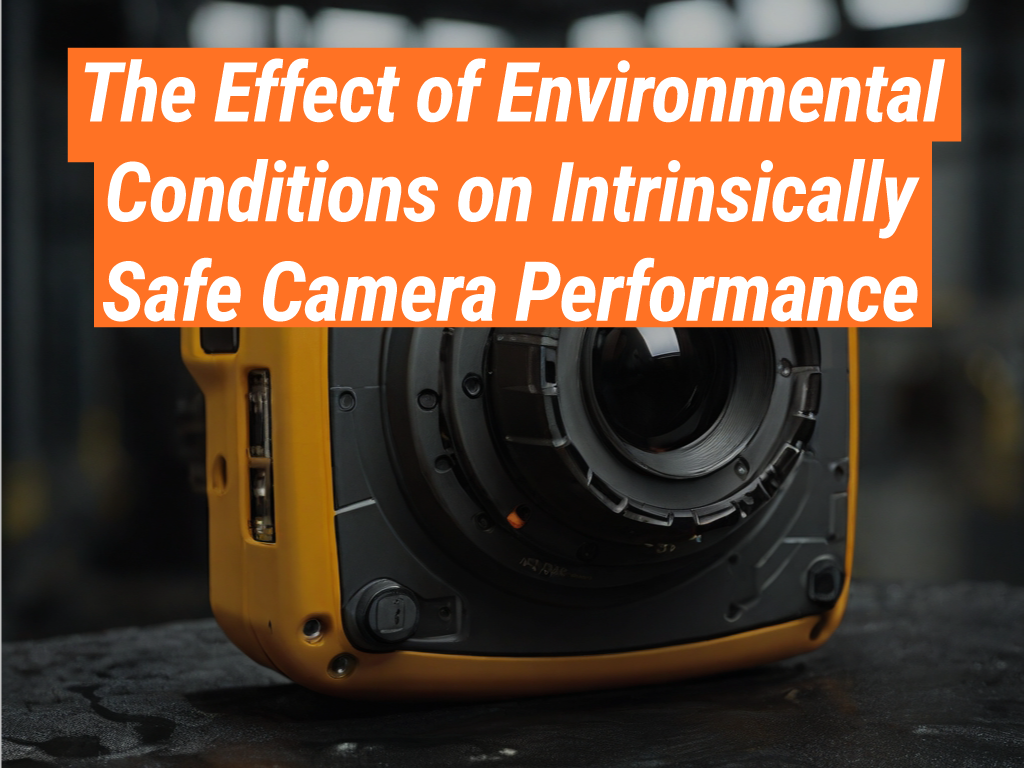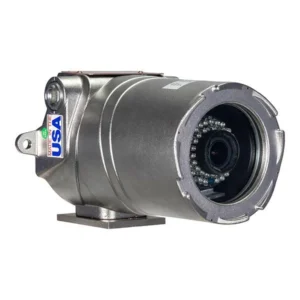In industries where environmental conditions pose significant risks, ensuring safety becomes paramount. This is particularly true in hazardous environments where potential explosions or other dangers loom. To mitigate these risks, the implementation of intrinsically safe cameras is crucial. These specialized cameras are designed to operate safely in volatile atmospheres, providing visual documentation, facilitating remote inspections, and enabling real-time monitoring. We understand the importance of reliable equipment in hazardous environments, and that’s why we’re here to provide you with the best intrinsically safe cameras on the market. Visit our website to explore our wide range of products.
Understanding Intrinsically Safe Cameras
Intrinsically safe cameras are designed to operate safely in hazardous areas where flammable gases, dust, or vapors may be present. These cameras are engineered to prevent any spark or thermal effect that could ignite the surrounding atmosphere. However, their performance can be influenced by various environmental conditions.
Temperature and Humidity
Extreme temperatures and humidity levels can affect the performance of intrinsically safe cameras. High temperatures can cause the camera to overheat, while low temperatures can affect battery performance. Similarly, high humidity can lead to condensation, which can damage the camera’s internal components.
Pressure and Altitude
Changes in pressure and altitude can also impact the performance of intrinsically safe cameras. High altitudes can lead to lower air pressure, which can affect the camera’s cooling system. On the other hand, high pressure can cause mechanical stress on the camera.
Dust and Particulates
Dust and other particulates can clog the camera’s lens and other components, affecting its performance. Therefore, it’s crucial to regularly clean and maintain your intrinsically safe camera to ensure its optimal performance.
Case Study: The Impact of Environmental Conditions on Camera Performance
A study conducted by the National Institute for Occupational Safety and Health (NIOSH) found that environmental conditions significantly affect the performance of intrinsically safe cameras. The study revealed that cameras exposed to high temperatures and humidity levels had a reduced battery life and image quality. This highlights the importance of considering environmental conditions when choosing and using intrinsically safe cameras.
Choosing the Right Intrinsically Safe Camera
When choosing an intrinsically safe camera, consider the environmental conditions it will be exposed to. Look for cameras that are designed to withstand extreme temperatures, humidity levels, and pressure changes. Additionally, ensure the camera is dust and water-resistant to protect it from damage.
In conclusion, environmental conditions significantly impact the performance of intrinsically safe cameras. Therefore, it’s crucial to consider these factors when choosing and using these cameras. At Intrinsically Safe Store, we offer a wide range of intrinsically safe cameras designed to withstand various environmental conditions. Visit our website to explore our products or contact us for more information.



























